Understanding the Edge-On-Up BESS Tester Models: PT50A, PT50B, and PT50C
When it comes to measuring sharpness, precision is paramount. Whether you’re a professional blade maker, an outdoor enthusiast, or simply someone who values razor-sharp tools, the Edge-On-Up BESS (Brubacher Edge Sharpness Scale) testers are the go-to instruments for accuracy and reliability. In this blog, we will dive into the details of the Edge-On-Up PT50A, PT50B, and PT50C models, examining their features, uses, and how they can elevate your blade testing game.
Table of Contents:
- Introduction to BESS Testing
- Overview of the PT50A, PT50B, and PT50C Models
- Detailed Features and Specifications
- How to Use BESS Testers Effectively
- Comparison: PT50A vs. PT50B vs. PT50C
- Why BESS Testing is Crucial for Blade Enthusiasts
- Frequently Asked Questions
- Conclusion
1. Introduction to BESS Testing
BESS (Brubacher Edge Sharpness Scale) is a standardized scale used to measure the sharpness of blades. The Edge-On-Up BESS testers are designed to provide quantifiable data that helps users understand the sharpness level of their blades. This data is crucial for maintaining consistency in sharpening processes and ensuring the highest performance from cutting tools.
2. Overview of the PT50A, PT50B, and PT50C Models
The Edge-On-Up BESS testers come in three primary models: PT50A, PT50B, and PT50C. Each model is designed with specific user needs in mind, ranging from basic sharpness testing to professional-grade precision measurements.
3. Detailed Features and Specifications
PT50A: The Entry-Level Precision Tool
The PT50A is an excellent choice for those who are new to sharpness testing or for hobbyists who need a reliable tool without breaking the bank. Key features include:
- Measurement Range: 0-2000 grams
- Accuracy: ±5 grams
- Display: Digital LCD
- Build: Durable plastic housing with a compact design
- Ideal For: Knives, scissors, and small tools

The PT50A offers a straightforward approach to measuring sharpness, making it a popular choice among beginners and those who require basic sharpness testing.
PT50B: The Versatile Middle Ground
The PT50B is a step up from the PT50A, offering enhanced features that cater to more advanced users. It is known for its versatility and improved precision. Key features include:
- Measurement Range: 0-1500 grams
- Accuracy: ±3 grams
- Display: High-resolution LCD with backlight
- Build: Metal housing with ergonomic design
- Ideal For: Professional sharpeners, chefs, and blade enthusiasts

The PT50B strikes a balance between affordability and advanced functionality, making it suitable for a wide range of applications.
PT50C: The Professional’s Choice
The PT50C is the top-of-the-line model, designed for those who demand the highest level of precision and reliability. It is packed with features that make it ideal for professional environments where sharpness is critical. Key features include:
- Measurement Range: 0-1000 grams
- Accuracy: ±1 gram
- Display: Full-color touch screen with customizable settings
- Build: Industrial-grade metal housing with anti-slip base
- Ideal For: Blade manufacturers, high-end sharpening services, and quality control laboratories

The PT50C offers unparalleled accuracy and a range of advanced features that cater to the most demanding users.
4. How to Use BESS Testers Effectively
Using a BESS tester involves a few key steps to ensure accurate and consistent results:
- Setup: Place the tester on a stable surface and ensure that it is level.
- Blade Positioning: Position the blade on the testing media (usually a filament) according to the manufacturer's instructions.
- Testing: Gently press the blade down until it cuts through the filament. The tester will display the force required, indicating the sharpness level.
- Recording Results: Record the results for comparison or further analysis.
5. Comparison: PT50A vs. PT50B vs. PT50C
|
Feature |
PT50A |
PT50B |
PT50C |
|
Measurement Range |
0-2000 grams |
0-1500 grams |
0-1000 grams |
|
Accuracy |
±5 grams |
±3 grams |
±1 gram |
|
Display |
Digital LCD |
High-resolution LCD |
Full-color touch screen |
|
Build Material |
Plastic |
Metal |
Industrial-grade metal |
|
Ideal For |
Hobbyists |
Professionals |
High-end professionals |
6. Why BESS Testing is Crucial for Blade Enthusiasts
Sharpness is not just about the initial cutting ability; it affects the overall performance, safety, and longevity of a blade. BESS testing allows you to quantify sharpness, making it easier to achieve consistent results whether you are sharpening a kitchen knife or a professional-grade tool. For those in the business of selling or using blades, a BESS tester provides a clear value proposition by demonstrating the sharpness quality to customers.
7. Frequently Asked Questions
Q: Can I use the BESS tester for serrated knives?
A: Yes, but the results may vary due to the uneven edge of serrated blades. It’s best to test the straight sections for a more accurate measurement.
Q: How often should I calibrate my BESS tester?
A: Calibration frequency depends on usage, but a general rule is to calibrate every 6 months or after 500 tests.
Q: Are replacement parts available?
A: Yes, Edge-On-Up offers replacement filaments and other parts to ensure your tester remains in top condition.
8. Conclusion
The Edge-On-Up PT50A, PT50B, and PT50C models provide a range of options for anyone serious about blade sharpness. Whether you’re just starting out or are a seasoned professional, there’s a BESS tester that fits your needs. By incorporating a BESS tester into your sharpening routine, you can ensure your blades are always performing at their best.


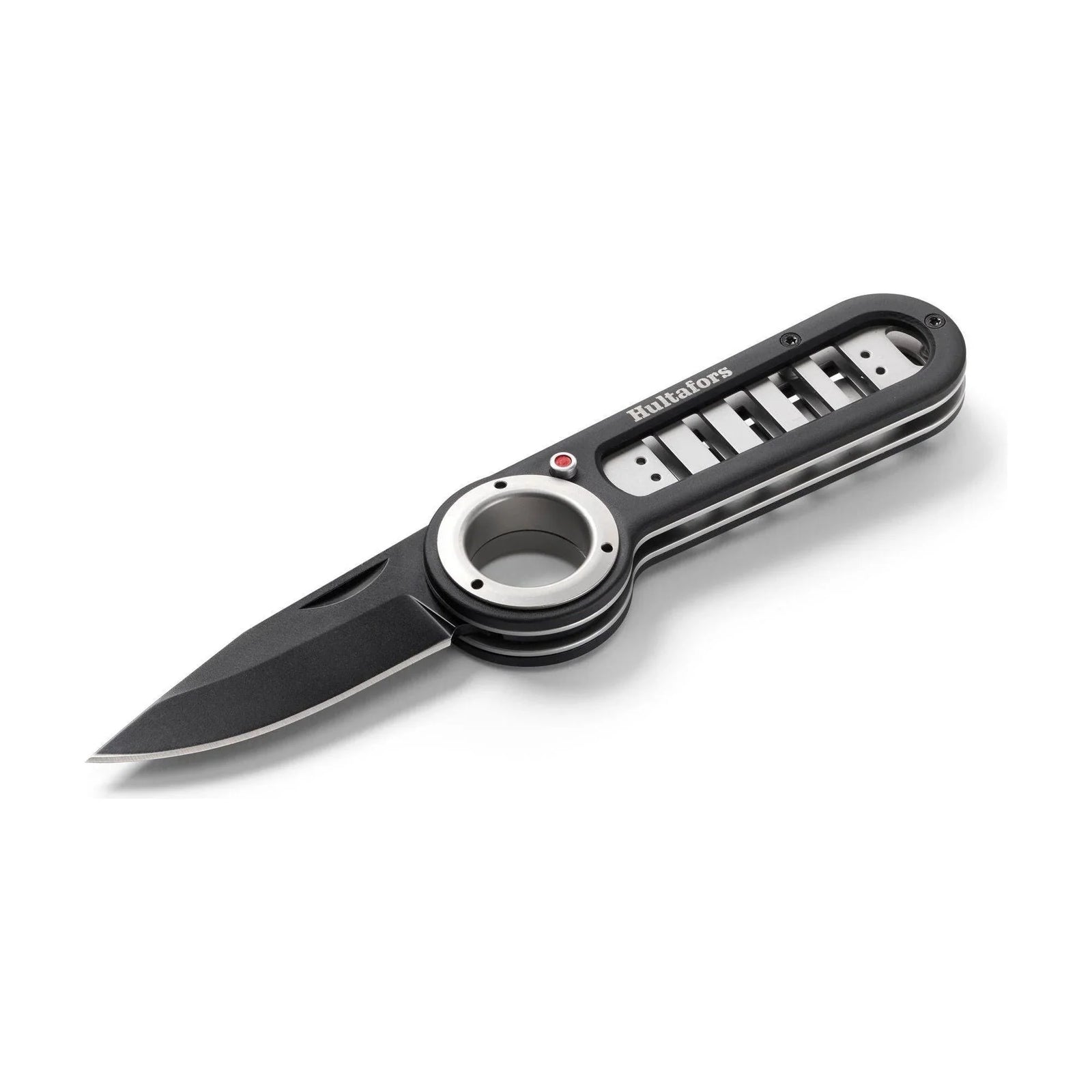
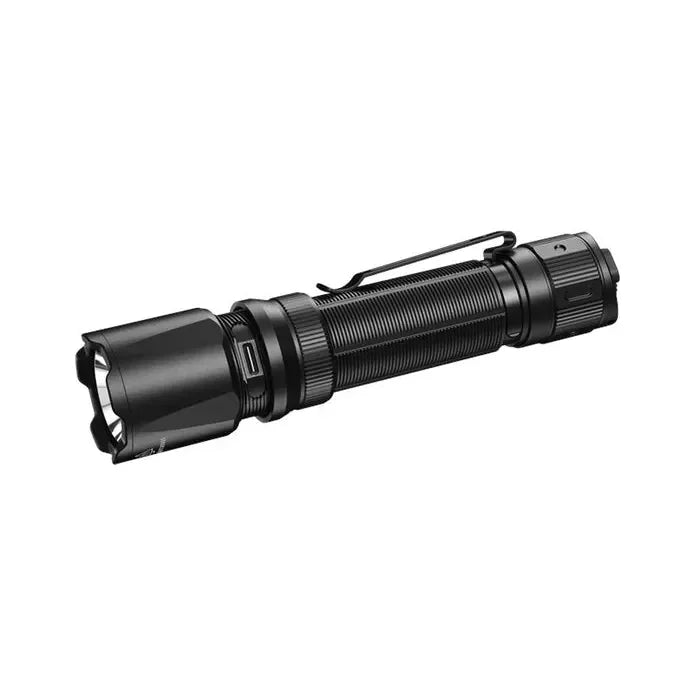
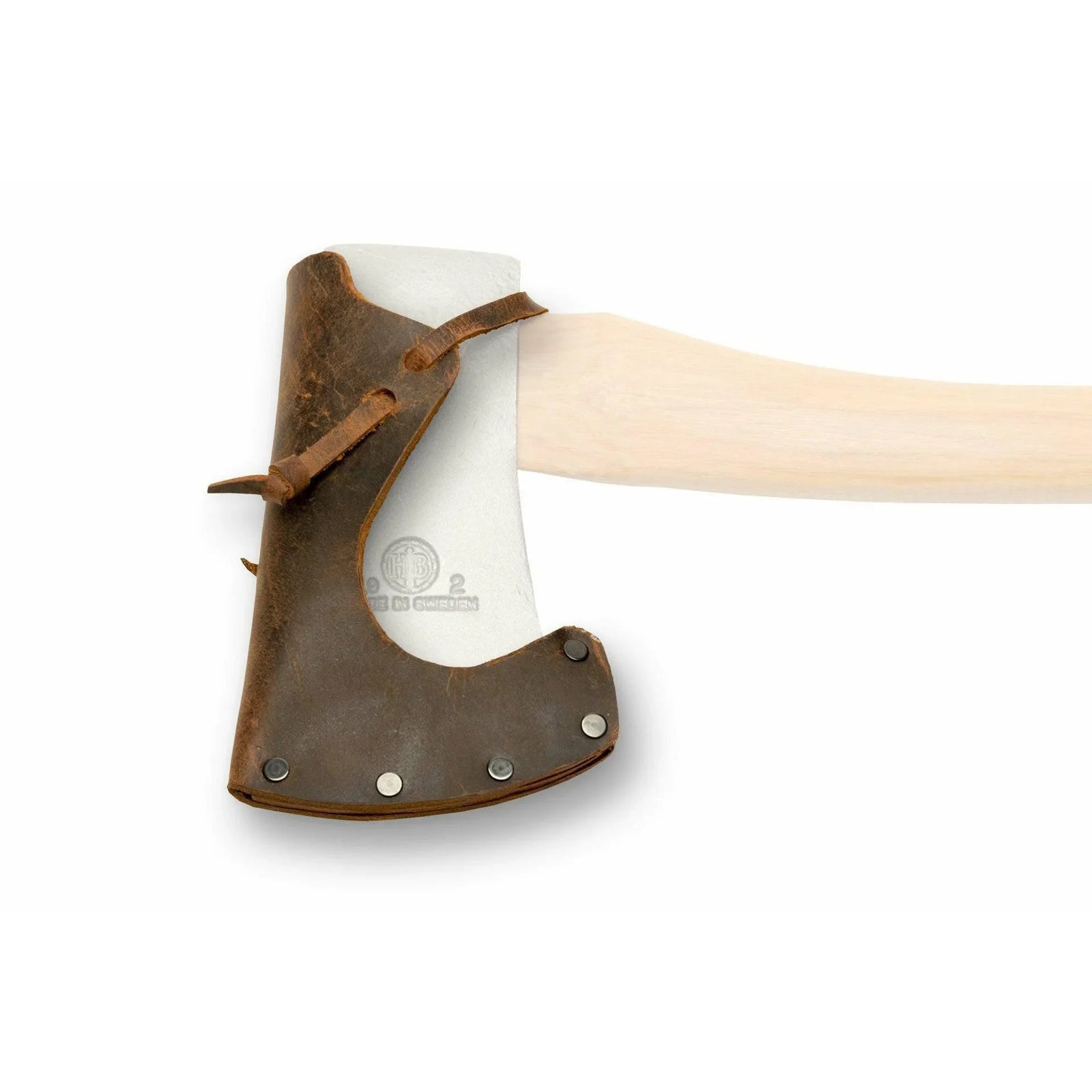
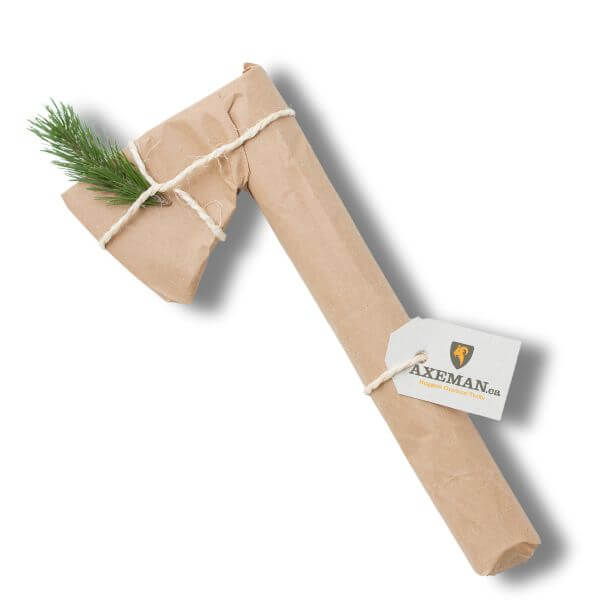
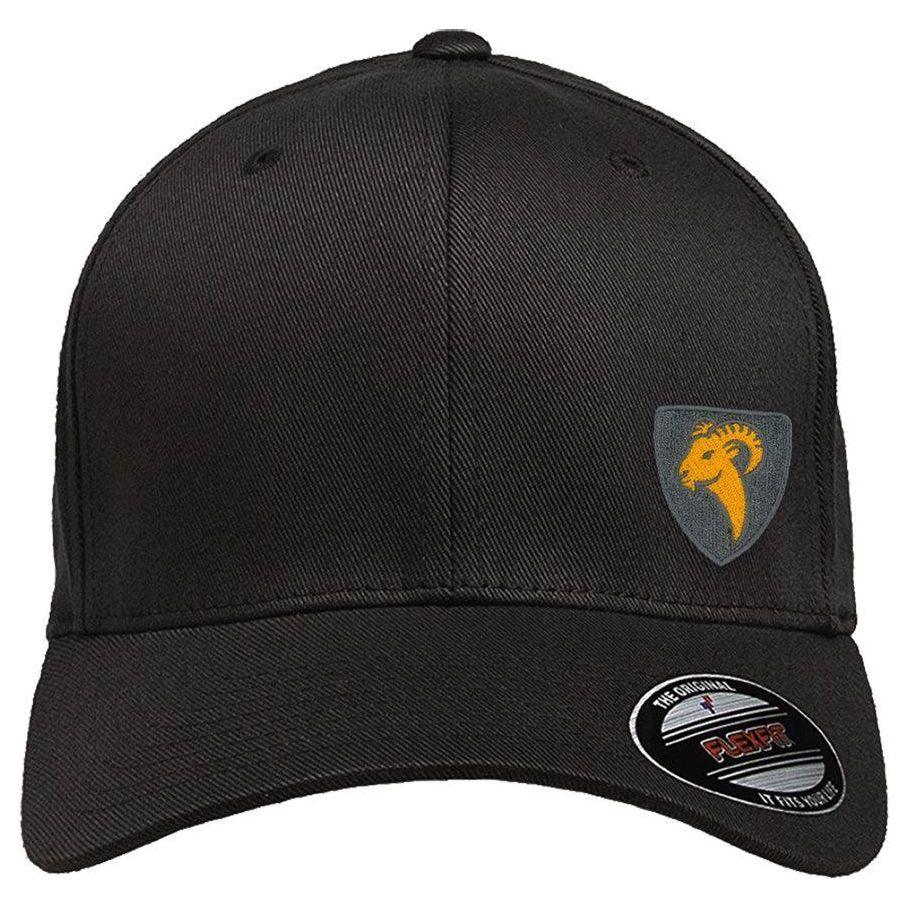
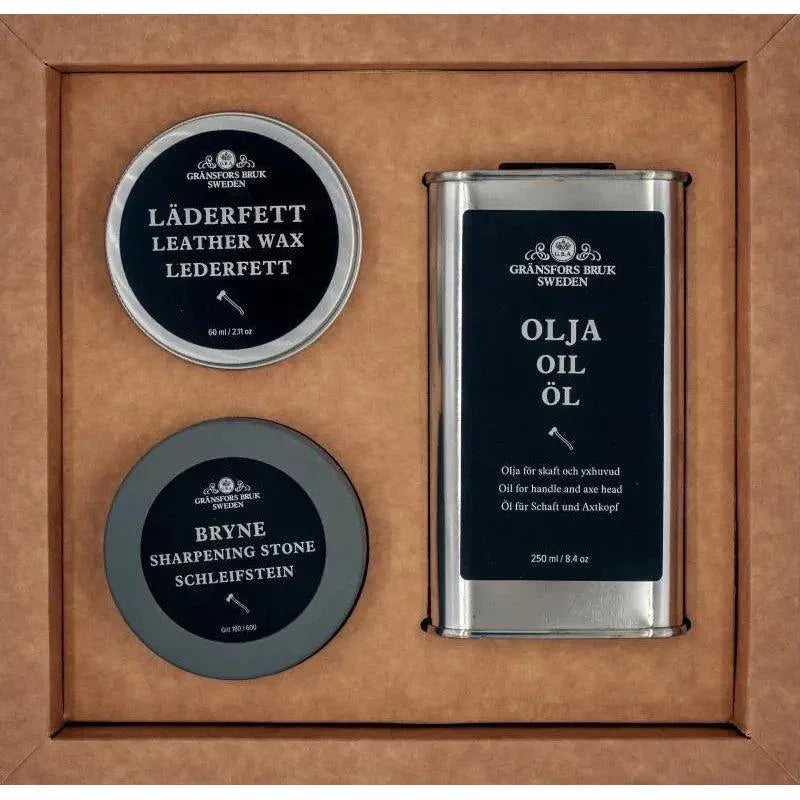
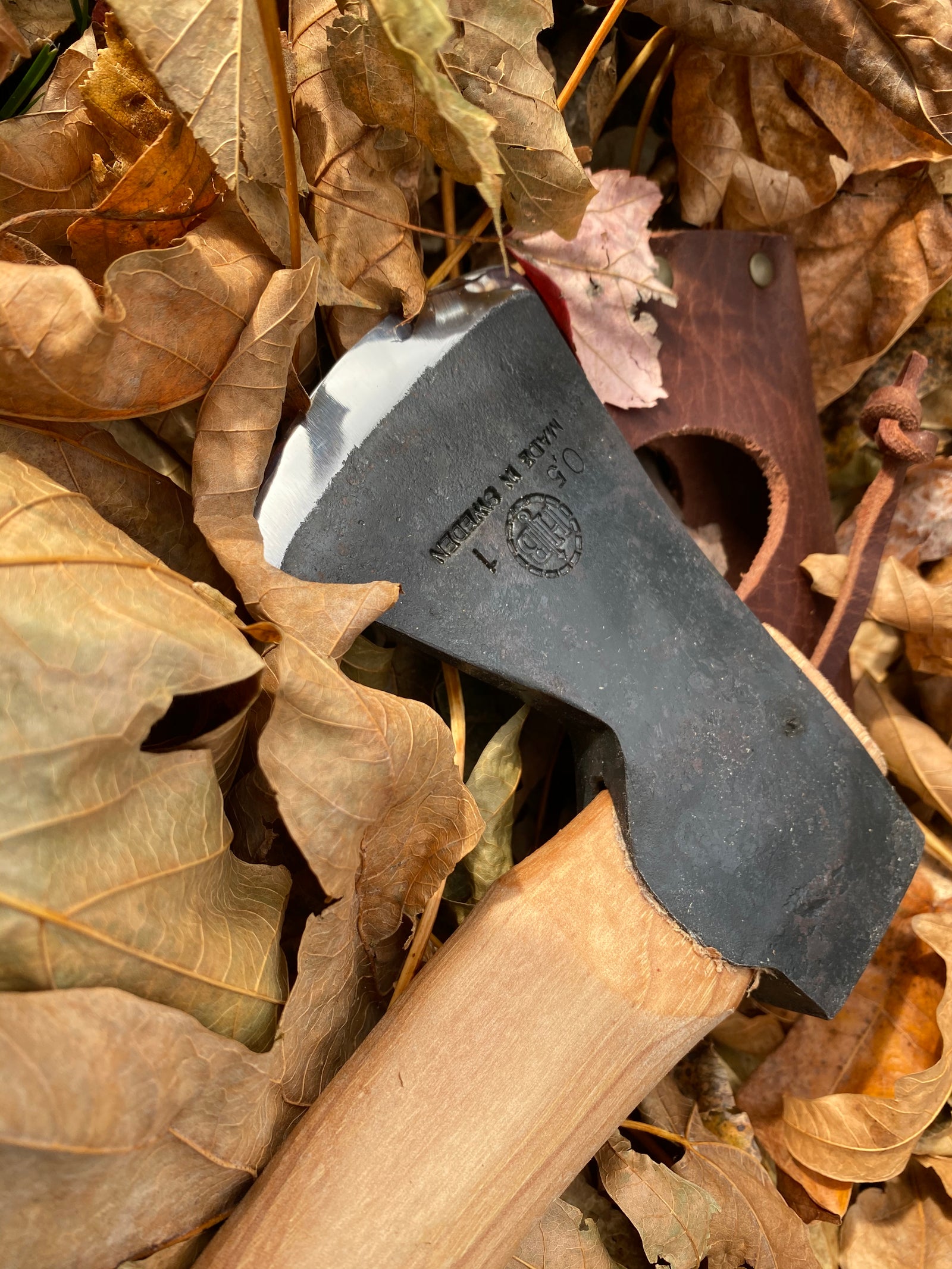
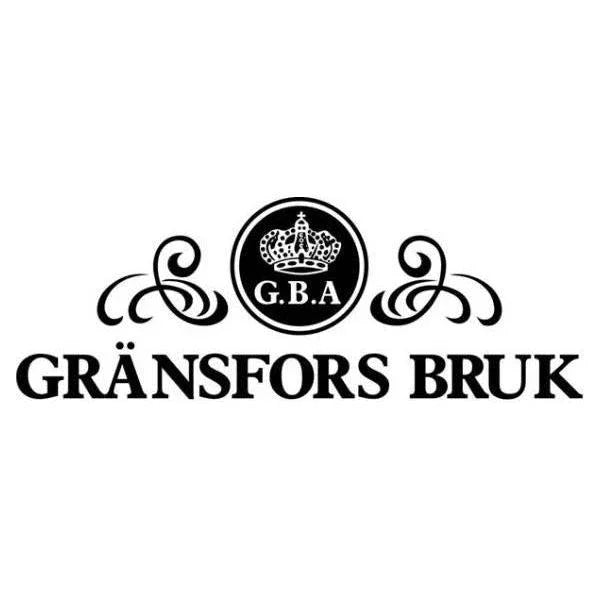

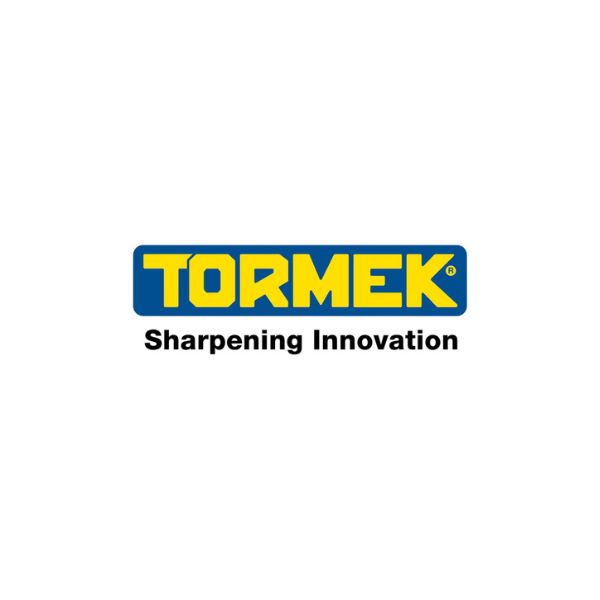
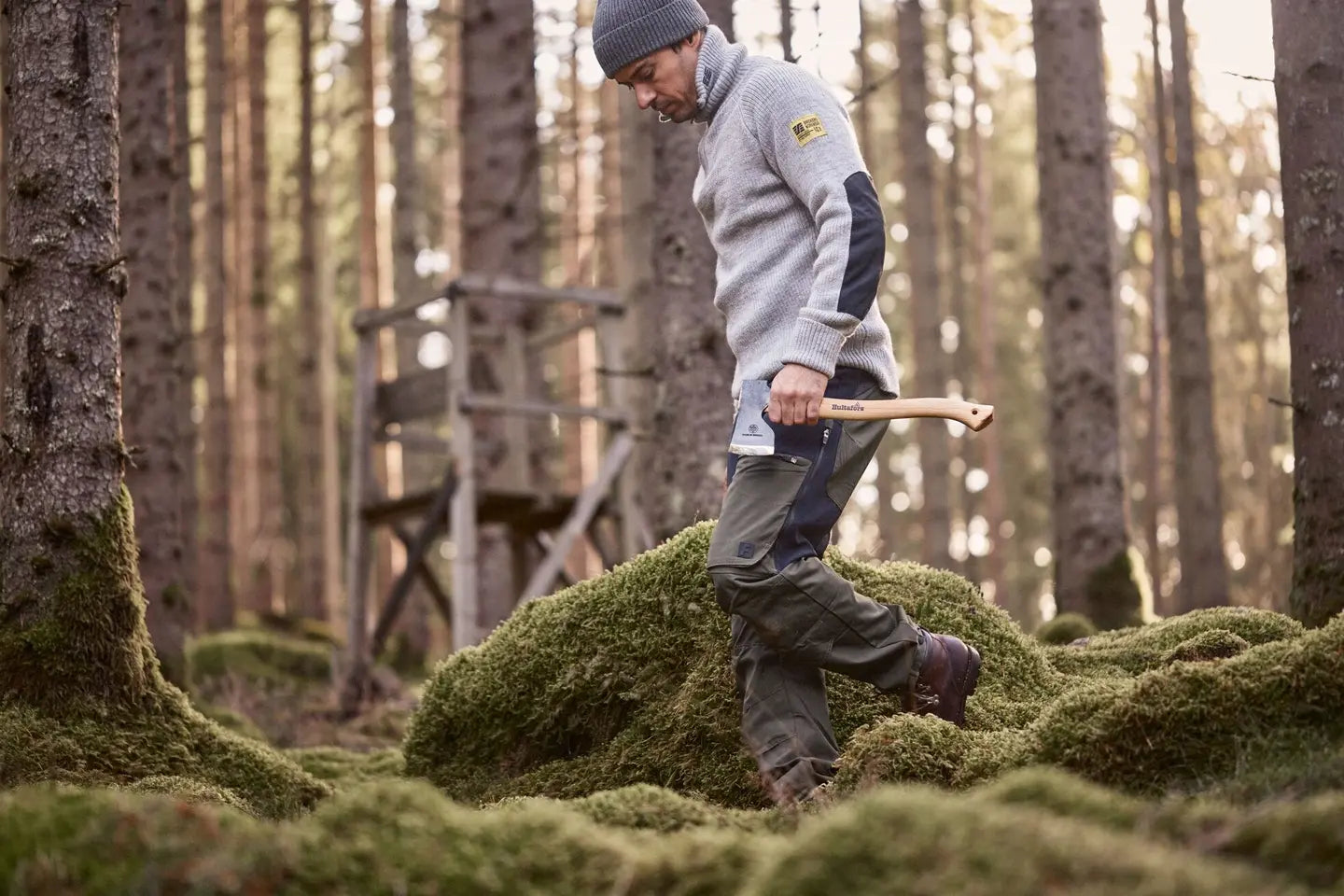
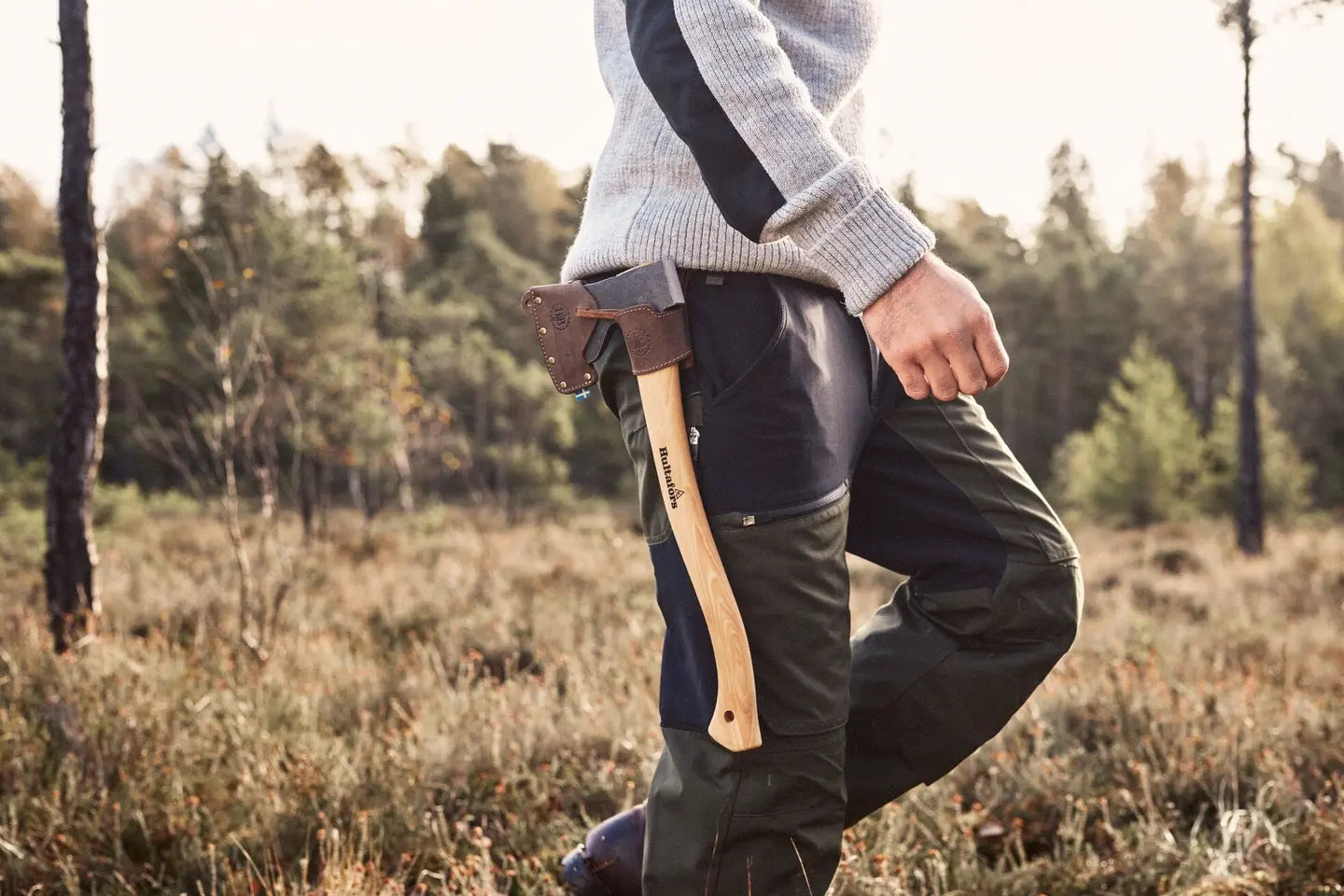
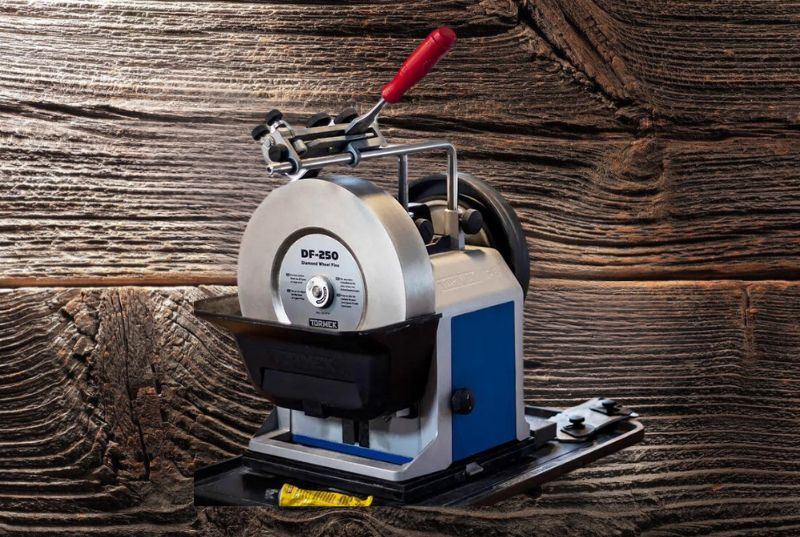
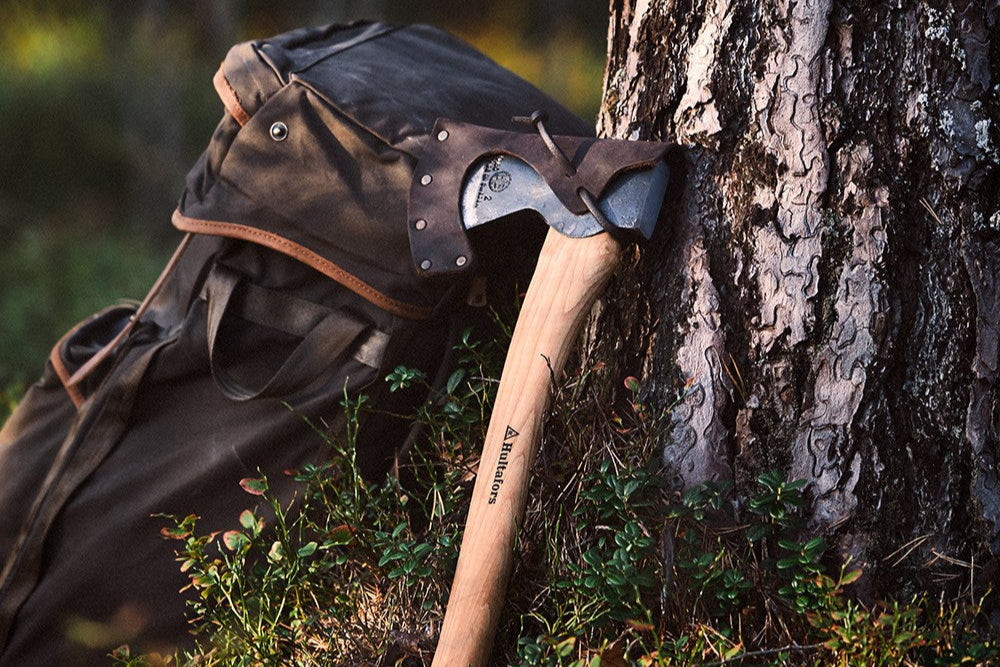

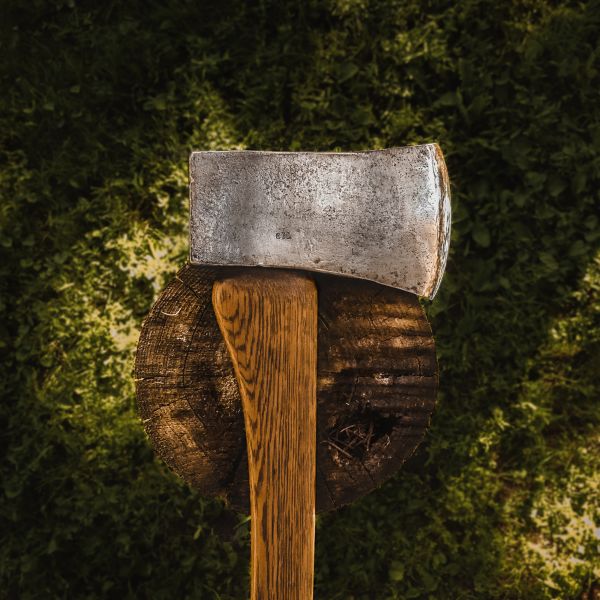
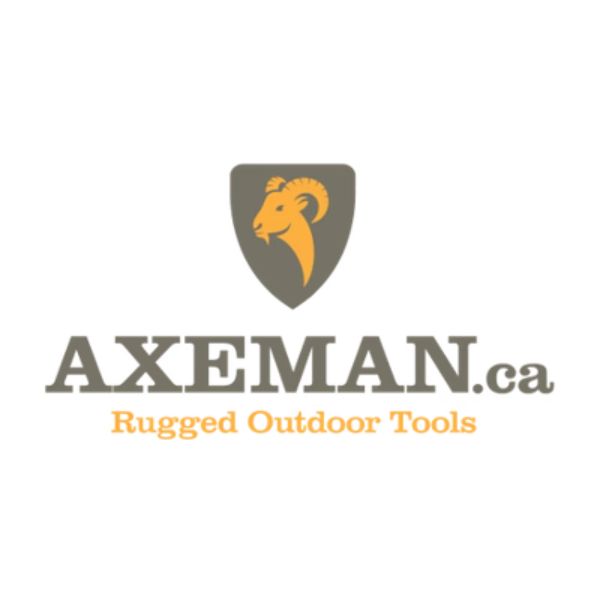

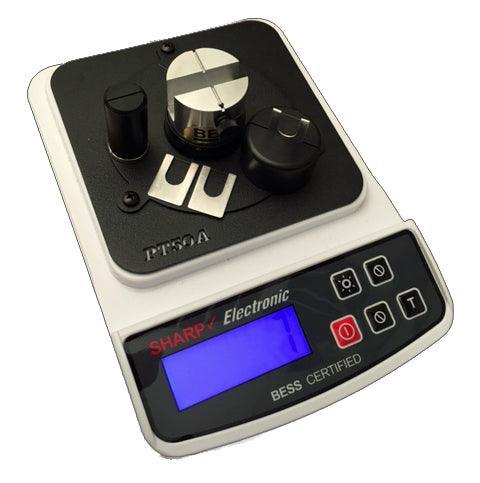



Axeman
October 28, 2025
Hi Cyrus, The filament tension is 200g on the test clips.